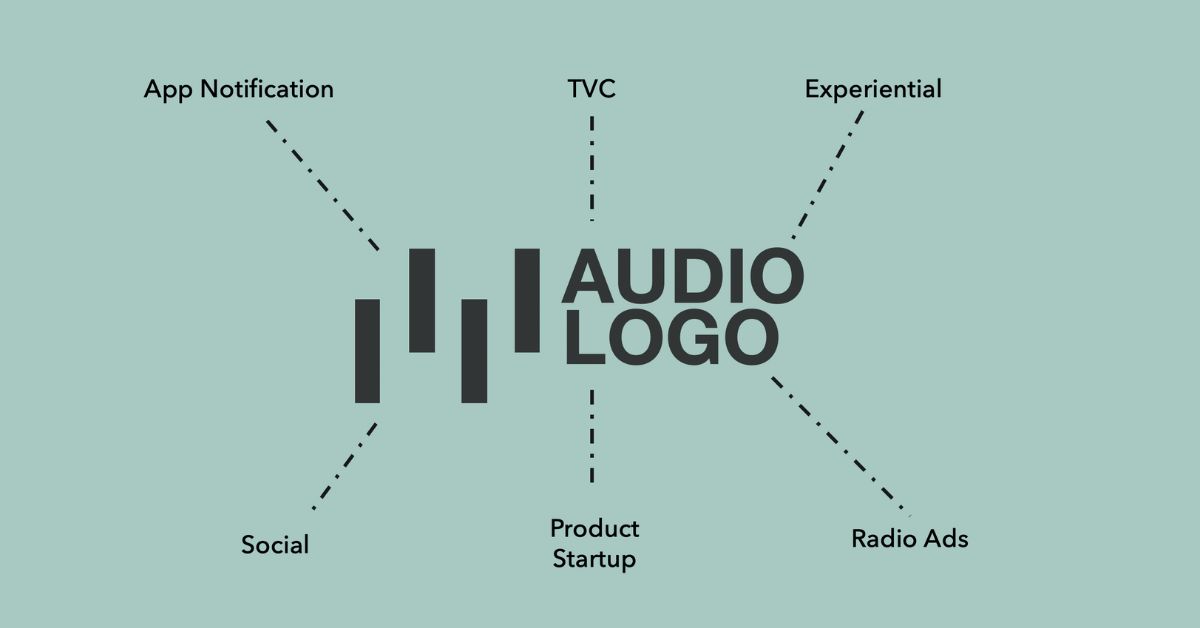
In an era where brands must fight for multisensory recognition in a crowded marketplace, the concept of a sound logo has transcended from a novel idea to a strategic imperative. A sound logo, in its essence, is a brief and distinctive auditory cue designed to evoke a brand’s identity—much like a visual logo does.
A sound logo’s importance in branding cannot be overstated, for it taps into the profound influence sound has on human emotions and memory, crafting an indelible mark on the consumer’s mind. Explore our comprehensive guide to learn why it’s important for brands to have a sound logo.
The Power of Sound in Branding
The human connection to sound is deep-rooted and visceral. Sound can transport us, evoke memories, and even influence our perception of a brand.
Crafting a sound logo requires an intimate understanding of your brand’s essence and the message you wish to convey in support of your brand story. Collaborating with professional sound designers who can translate your brand’s values and personality into a sonic format is crucial.
For example, our audio branding services at CMoore Sound involve thorough research that includes stakeholder interviews and sonic positioning analysis. This helps us craft the most precise, targeted sound logos possible.
Benefits of a Sound Logo for Brands
Integrating a sound logo into a brand’s identity toolkit offers several advantages. It dramatically enhances brand recognition and recall, creating a memorable brand touchpoint that can cut through the noise—literally and figuratively—in competitive markets.
Furthermore, a sound logo has the unique advantage of building an emotional connection with the audience. The right sequence of notes, instrumentation and tempo can convey trust, excitement, comfort, or innovation. This emotional resonance fosters a deeper brand loyalty that transcends the transactional.
For customers with low vision, sound logos ensure accessibility, enabling brands to broaden their reach and inclusivity. This aspect of sound branding echoes the growing emphasis on designing experiences that are accessible to all, reinforcing a brand’s commitment to diversity and inclusivity.
Implementing a Sound Logo in Brand Strategy
Another crucial reason it’s important for brands to have a sound logo is that it plays a key role in overall brand strategy. A sound logo’s integration should be as intentional as its creation, seamlessly embedding it across various marketing channels, from television and radio adverts to digital platforms and beyond.
This consistent application across consumer touchpoints amplifies brand presence and recognition. Measuring the effectiveness of a sound logo is equally imperative, employing both qualitative and quantitative metrics to gauge the impact on brand perception and recall.
Through careful analysis, brands can fine-tune their auditory brand elements, ensuring they continue to resonate with their audience. Test your sound logo to ensure it supports your brand and stands up to competitors.
The inclusion of a sound logo in a brand’s identity marks a recognition of the powerful role sound plays in human psychology and the multisensory nature of consumer experiences today. Consider the possibilities that a sound logo provides so that you can weave it into your branding strategy.